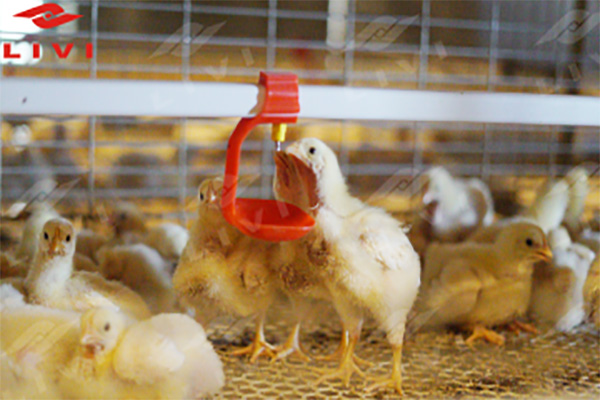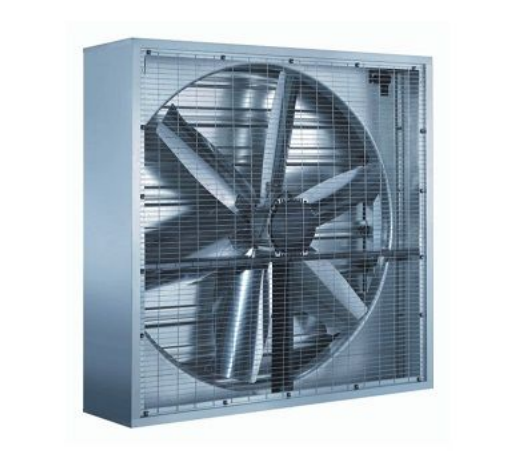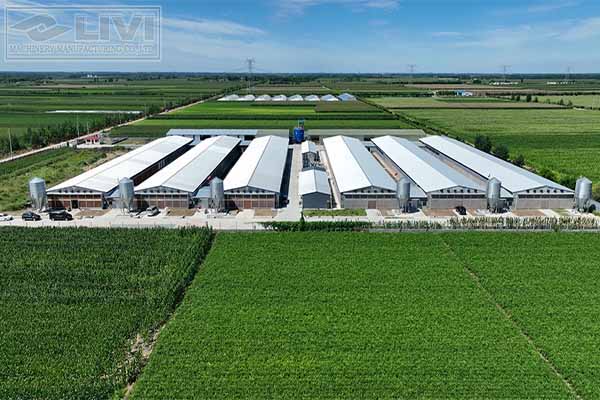
Automated egg collection systems have revolutionized the egg - laying chicken farming industry. These systems are designed to significantly reduce labor dependence and enhance overall operational efficiency. There are mainly two types of egg collection devices: the drum - type and the conveyor - belt type.
The drum - type egg collection device operates by using a rotating drum. As the eggs are laid, they roll onto the drum and are gently transported to the collection point. This design is known for its gentle handling of eggs, reducing the risk of breakage. It can collect eggs at a rate of approximately 3000 - 5000 eggs per hour, depending on the size of the drum and the speed of rotation.
The conveyor - belt type, on the other hand, uses a continuous belt to move the eggs. Eggs are laid on the belt and are carried to the collection area. This type of device is highly efficient, with some models capable of collecting up to 8000 eggs per hour. It is also more flexible in terms of installation and can be easily integrated into different chicken coop layouts.

The automated egg collection system is closely integrated with the H - type layer chicken cages. This integrated design maximizes space utilization and management efficiency. The H - type layer chicken cages provide a stable and organized environment for the hens to lay eggs. The egg collection devices are precisely positioned under the cages, allowing eggs to roll or be transferred directly onto the collection mechanism.
The synergy between the egg collection system and the H - type cages ensures that eggs are collected quickly and efficiently. For example, in a large - scale farm with 10,000 hens, the integrated system can reduce the time required for egg collection from several hours to less than an hour, saving a significant amount of labor costs.
When comparing different automation schemes in large - scale farms, several key operational indicators need to be considered, such as egg collection speed, failure rate, and maintenance convenience.
| Automation Scheme | Egg Collection Speed | Failure Rate | Maintenance Convenience |
|---|---|---|---|
| Drum - type | 3000 - 5000 eggs per hour | Approximately 2 - 3% per month | Relatively easy, with fewer moving parts |
| Conveyor - belt type | Up to 8000 eggs per hour | Approximately 3 - 5% per month | More complex, but with modular design for easier replacement |
To reduce the equipment operation risk and maintenance cost, it is crucial to follow some common maintenance precautions. Regular cleaning of the egg collection devices is essential to prevent the accumulation of dirt and debris, which can cause blockages and affect the performance of the system. Lubrication of moving parts should also be carried out at recommended intervals to ensure smooth operation.
In case of faults, some common solutions include checking the power supply, inspecting the sensors for proper functioning, and examining the conveyor belts or drums for any signs of damage. For example, if the egg collection speed suddenly drops, it could be due to a loose belt or a malfunctioning sensor. By following a systematic troubleshooting process, most faults can be resolved quickly.

Before installing an automated egg collection system, a comprehensive assessment is necessary. Here is a detailed checklist:
Measure the length, width, and height of the chicken coop. Ensure that there is enough space for the installation of the egg collection devices and the movement of maintenance personnel. A general rule of thumb is to have at least 1 - 2 meters of clearance around the equipment for easy access.
Check the power supply in the chicken coop. The automated egg collection system requires a stable power source. Determine the power requirements of the system (usually in kilowatts) and ensure that the existing electrical infrastructure can support it. Consider installing a backup power source, such as a generator, to prevent disruptions in case of power outages.
Develop a training plan for the farm personnel. They should be trained on the operation, maintenance, and troubleshooting of the automated egg collection system. Training can be provided by the equipment manufacturer or through online tutorials. It is recommended to allocate at least 2 - 3 days for comprehensive training.
To enhance the depth and interactivity of the content, multimedia elements such as charts, practical video tutorials, and expert interviews can be incorporated. Charts can be used to compare the performance of different egg collection systems, while video tutorials can provide step - by - step guidance on installation, operation, and maintenance.
Expert interviews can offer valuable insights and real - world experiences. For example, an interview with a successful farmer who has implemented an automated egg collection system can share tips on maximizing efficiency and reducing costs.

If you are a layer chicken farmer looking to introduce advanced automated egg collection equipment, Zhengzhou Liwei Machinery's high - efficiency H - type layer chicken cages and automated egg collection systems are the ideal choice. Our products are designed to meet the highest standards of quality and performance. Click here to consult our products and technical services!

